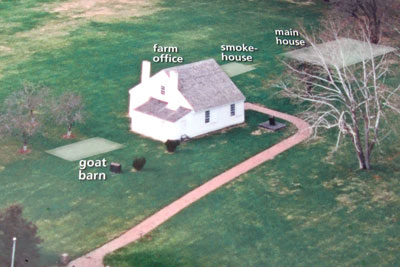Well here's the revised crystal ball based prognostications...
1. The vortex returns and North America has another long cold winter.
2. Crude oil prices will bounce like a rubber ball back up by spring.
3. Li Ion battery chemistry is now able to drive a Tesla 400 mi on a charge... recharge in 30 min. will re-define the "gas station" experience as a place to relax and recreate for a half hour every 400 miles... I think - renewable breakthrough...
4. A major motorcycle brand will introduce a production hybrid
5. Major sub sea volcano makes news
6. Kryptos final message will be decoded
7. Genetic pharma breakthrough
8. Emilia Earheart's Lockheed Electra is found and brought to the surface
9. Major quake in Cali
10. Big news out of CERN in 2015...
I've been very busy for months but have had the time to do a lot of research on some thorny problems. I had the chance to tour the "Show Boat" recently. Here's a few pics.
On board BB55!
 |
| The 16 inch guns could send their rounds 23 miles |
 |
| The mosquito planes were hoisted on and off the fan tail |
 |
| 6 inch guns athwart ship |
 |
| Another beautiful church - St Nicholas - a very special name indeed |
Lee



















